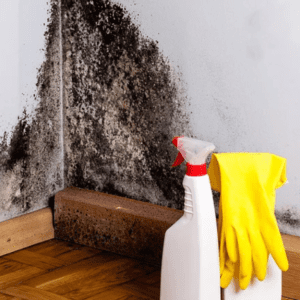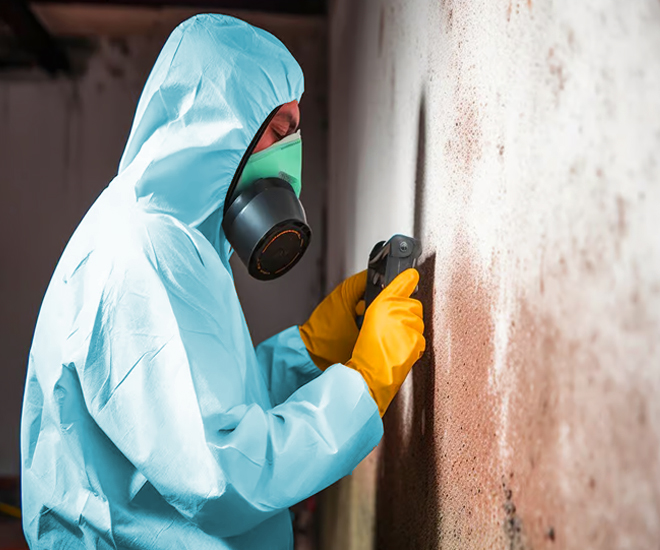Crafting a Thorough Post Mold Remediation Report
Wiki Article
Your Ultimate Guide to Post Mold Removal Methods
Navigating the world of post-mold remediation strategies is a precise process that requires interest to information and a detailed understanding of the complexities entailed. In the aftermath of mold and mildew infestation, recognizing how to successfully get rid of the mold and avoid its reoccurrence is paramount for maintaining a healthy indoor setting. From picking the appropriate cleansing and disinfecting approaches to implementing strategies for long-term mold avoidance, each action in the remediation trip plays a vital role in ensuring an effective end result. As we start this exploration of post-mold removal techniques, we will reveal the key methods and finest practices that can assist you restore your area to its pre-mold condition and secure it against future mold and mildew dangers.Recognizing Post-Mold Removal Process
After finishing the mold and mildew removal procedure, it is important to understand the post-mold remediation strategies that are needed to guarantee a comprehensive and effective cleanup. When the mold has been gotten rid of, the next action involves cleansing and sanitizing the impacted locations to protect against any kind of regrowth of mold and mildew.
In addition, carrying out a last inspection post-remediation is important to ensure that all mold and mildew has been efficiently eliminated. If the examination reveals any kind of remaining mold and mildew, added removal may be needed.
Efficient Cleansing and Sanitizing Techniques

Stopping Future Mold Development

Importance of Correct Ventilation
Correct air flow plays a vital function in stopping moisture accumulation, a vital consider mold and mildew development within interior settings. Efficient air flow systems help remove excess humidity from the air, lowering the chances of mold and mildew spores finding the moisture they need to sprout and spread out. Without adequate ventilation, interior areas can end up being a reproduction ground for mold and mildew, leading to prospective wellness threats and architectural damage.By making sure correct air circulation, ventilation systems can also help in drying wet areas faster after water damage or flooding events, better preventing mold development. what to do after mold remediation. In spaces like shower rooms, cooking areas, attic rooms, and cellars where wetness levels tend to be higher, setting up and keeping effective air flow systems is important in stopping mold and mildew invasions

Surveillance and Maintenance Tips
Offered the crucial duty that correct ventilation plays in avoiding mold growth, it is critical to establish effective surveillance and maintenance ideas to guarantee the continued performance of ventilation systems. Surveillance humidity degrees within the building is likewise essential, as high moisture can add to mold development. By staying positive and alert to the condition of air flow systems, residential property owners can successfully alleviate the threat of mold regrowth and maintain a healthy and balanced interior setting.
Verdict
In conclusion, post-mold remediation methods are crucial for making sure a tidy and safe setting. Understanding the procedure, carrying out effective cleaning and sanitizing approaches, preventing future mold development, maintaining proper air flow, and routine tracking are all vital steps in the remediation procedure. By complying with these standards, you can efficiently get rid of mold and avoid its return, functioning or promoting a healthy and balanced living room for all occupants.In the aftermath of mold and mildew infestation, recognizing how to efficiently get rid what to do after mold remediation of the mold and mildew and avoid its reoccurrence is extremely important for preserving a healthy interior environment. Once the mold has been gotten rid of, the following action includes cleansing and decontaminating the impacted areas to protect against any type of regrowth of mold - what to do after mold remediation. After removing noticeable mold growth, it is crucial to cleanse all surface areas in the afflicted location to remove any remaining mold and mildew spores. To better improve mold avoidance procedures, it is essential to address underlying concerns that initially led to mold advancement.Offered the important duty that correct ventilation plays in stopping mold development, it is essential to develop reliable tracking and upkeep pointers to ensure the ongoing capability of air flow systems
Report this wiki page